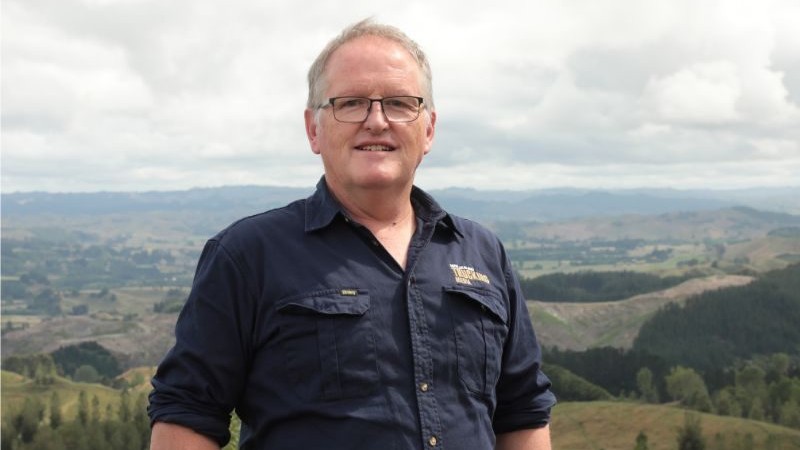
The Interislander ferries. Some might ask if there is another subject we might like to choose by now, and my reply would be, “that about says it all, right there”.
As the Kaiarahi holds the show together, the Aratere bumps and clobbers its way around the joint, and Kaitaiki lumbers its way towards Singapore for a ‘valve-grind’, I find myself head-in-hands over what seems to me to be patently obvious.
The land area of the North Island is 113,729km2 and the South and Stewart Islands 151,215km2, giving the lower two the landmass gong at 56%. For me, New Zealand seems almost unique in respect to its physical make-up among nations with discontinuous geographical borders due to the intervention of the sea. The closest comparison in my mind is Japan as a unitary state with a small number of large landmasses comprising the physical presentation of the country. But even then, Honshu accounts for 60% of the landmass and 81% of the population, with Hokkaido at 22% and 5%, Kyushu at 9% and 11%, and Shikoku coming in at 5% and 3% (land variance is in the offshore islands).
While the North Island of New Zealand is comparable with Honshu in terms of population proportion (81% versus 77%), the land split is not. With all respect to Stewart Island, we are a nation split in half by 22km of water physically, 92km practically.
There are only two things that make New Zealand one nation – one is the Interislander Cook Strait ferry service, and the other is Air New Zealand. Blue Bridge and JetStar have no sovereign responsibility – they’re commercial enterprises, so in the event the abacus goes awry, they’re ‘outta here!’.
Although the larger landmass, the South Island accounts for about 23% of the population and 22% of GDP, so the potential for growth and a more equitable sharing of the prosperity risk is huge. That however is entirely dependent on security of connection between the two islands.
As I look down the list of ministers in the current government, I’m failing to see anyone with responsibility for ensuring inter-island connectedness. It’s a reasonable assumption transport might take on the mantle – however it appears ensuring our nation remains united via a reliable and ongoing set of maritime services has not been high on their agenda. We have ministers for horse racing, and even space for goodness sake.
While it’s all trendy to make out you’re at the cutting edge of all things neat and groovy by having a minister for space, what about the space between the two halves of our nation, and ensuring its impact on our ability to prosper is mitigated as best as can be.
It gets worse of course. As Gav noted in last week’s editorial, Kiwirail being the entity responsible for the ferry operation has only recently appointed a board member whose interest is solely the ships.
While I drew comparison with Japan in terms of physicality, let’s not even go near how that nation’s main islands are connected – that’s just plain depressing. For that let’s look at Tasmania. It accounts for 0.9% of Australia’s landmass, 1.6% of GDP, and 2.1% of population, yet the Spirit of Tasmania ferries at 14m longer with a gross tonnage advantage of 7000 tonnes over our biggest boat Kaitaki! They’re about to go close to doubling that capacity with two new boats also.
I’ve been scorned for my views on the IReX ships now consigned to history, a lot of which was taken out of context. My core point was whether you agree with the spec or not, they were bigger, more reliable, and safer. As I pen this there’s still nothing final in the wind, and I’ll stand by all previous points I’ve made including my view that Luxon binning IReX was fine, great, do what you want, but he needed to tell us right then at the time of announcement exactly what was going to happen. This was not an issue only discovered when they came to power.
I wonder at what point the Cook Strait connection will be acknowledged as a crisis.
For all of the above, at the end of the day even the economic damage being done with these vessels is second to the safety risk they increasingly pose on a daily basis to New Zealanders.
All the best
Dave McCoid
Editorial Director
Read more
Keeping up with the times
0 Comments4 Minutes
In the weeds
1 Comment4 Minutes



